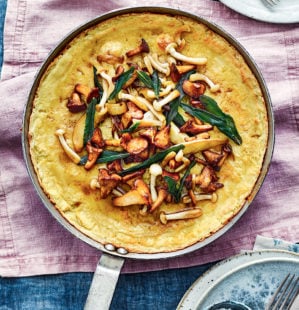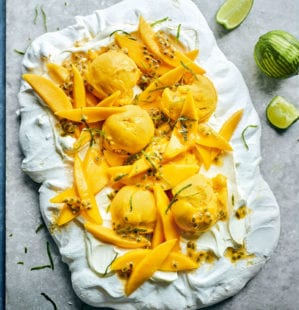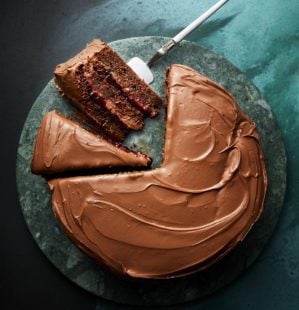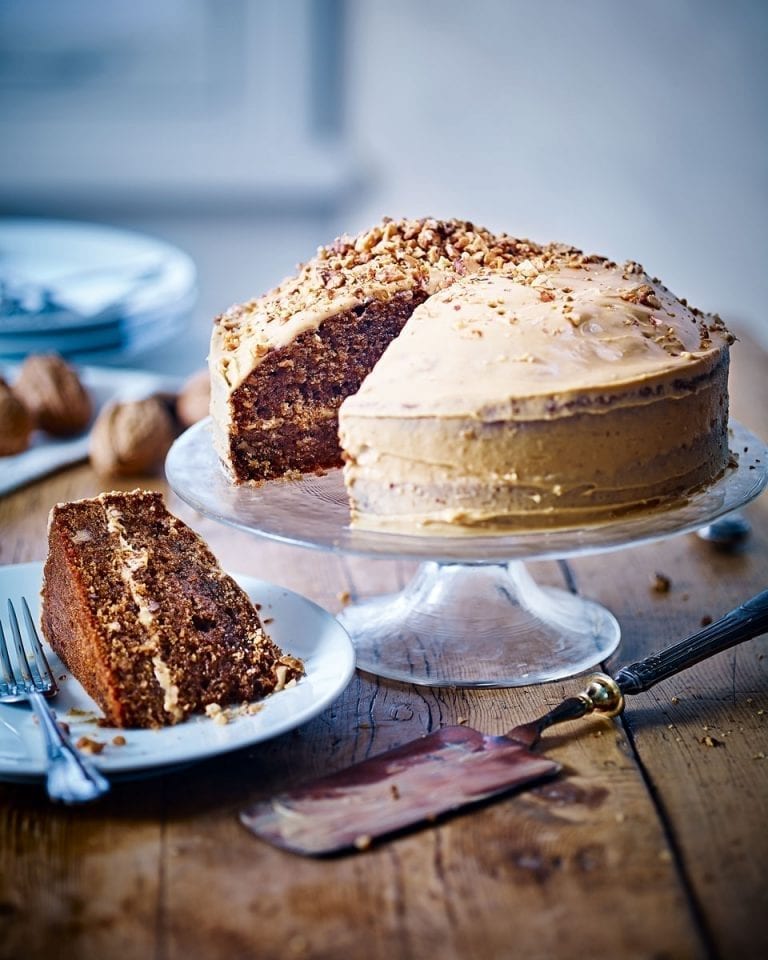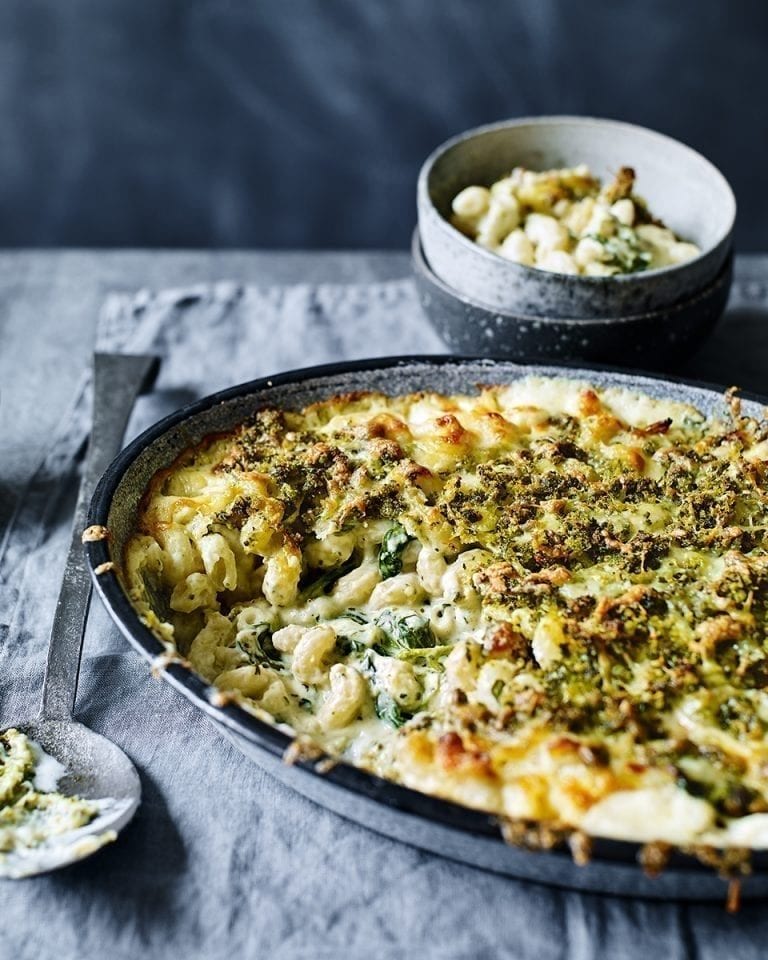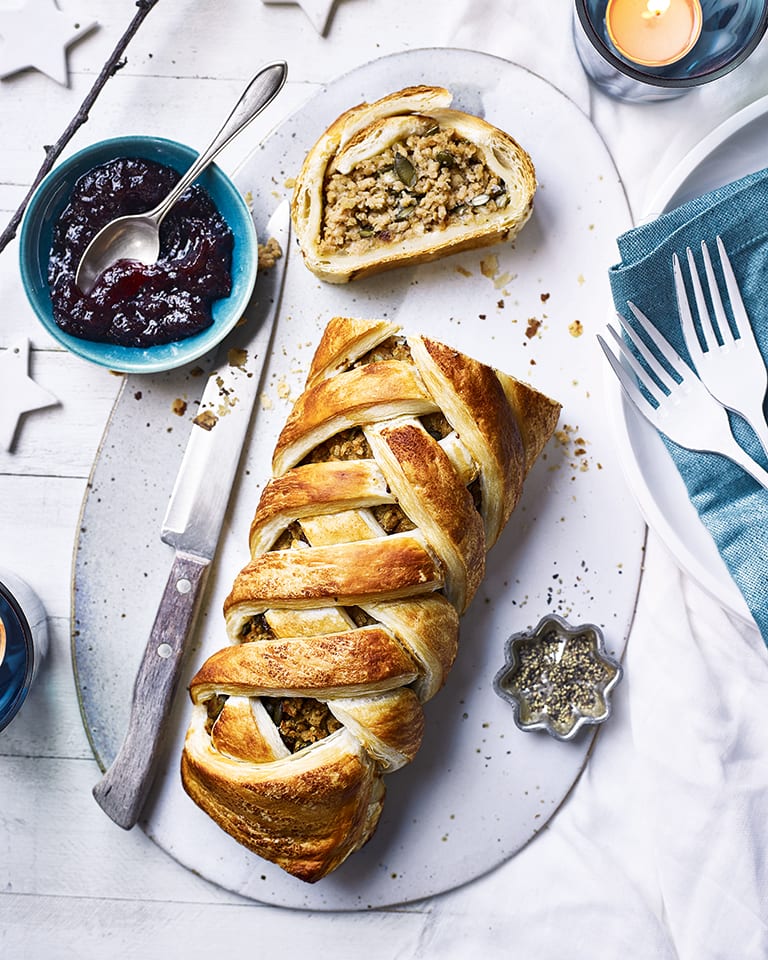Egg alternatives: What to do when you don’t have any eggs
Lately, supermarket aisles have been looking distinctly eggless, thanks to a perfect storm of rising energy prices, food shortages and avian flu. It’s easy to feel dread about the bleak future of an eggless world, but fear not – there are plenty of alternatives to use which can bind, glaze and thicken just like their shell-encased counterparts.
If you’re worried about what to do when you don’t have any eggs, follow our tips below. You might just embrace the world of egg-free cooking and baking.
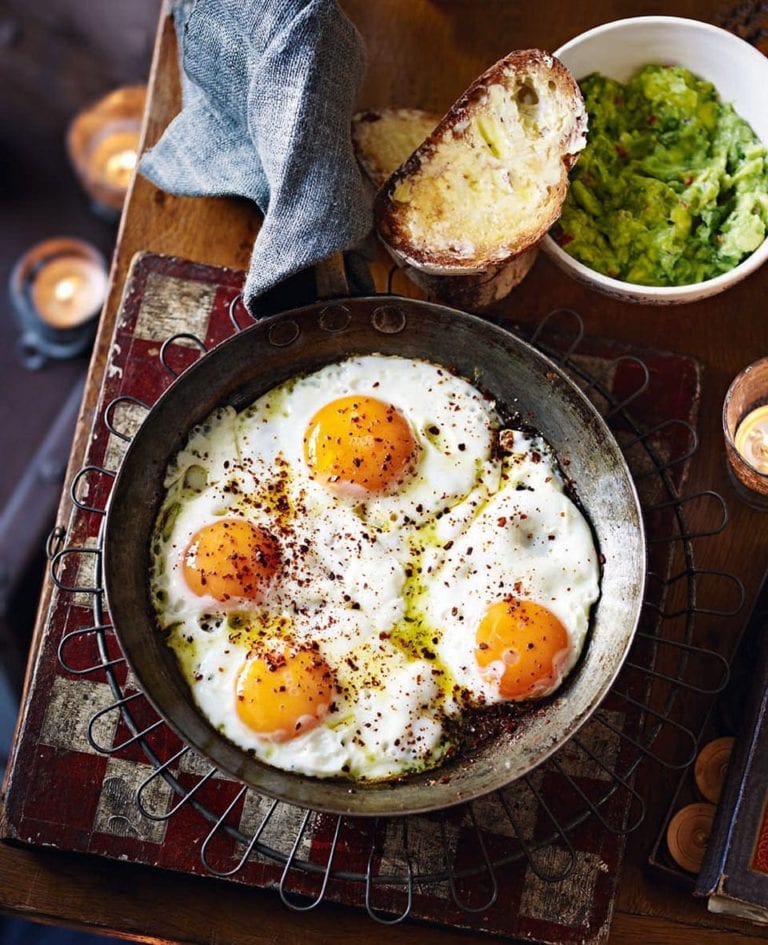
Is there anything more versatile than an egg? They’re the star of the show when fried, boiled, poached or scrambled, but eggs also play a key role in emulsifying sauces, helping bakes rise, binding ingredients together or acting as a glue for breadcrumbs. Tasty, useful, rich in nutrients – eggs are the triple-threat of the culinary world.
Luckily, many of the attributes we turn to eggs for (like glazing, thickening and binding) can be covered by other ingredients and techniques. There’s never going to be a one-size-fits-all swap, but with a little know-how you can still bake cakes, fry fritters and thicken sauces. Vegans have been doing it for years, and once you understand how eggs behave in recipes, it’s easy to find alternatives.
8 egg alternatives for when you can’t find eggs
For an egg wash
The viscosity of egg protein is what makes it a good pastry wash, but you can replicate this with milk or cream (cow or a dairy-alternative). Brush pastry before it goes in the oven. Add a pinch of turmeric if it’s a savoury recipe to get that golden finish, or a pinch of sugar for something sweet to achieve a little caramelisation.
For making pastry
If you’re making pastry and the recipe calls for an egg yolk, simply leave it out. It’s there for richness, but the pastry dough will come together just fine with a touch more cold water. If you’re looking for something with a little more flavour, try cream cheese pastry.
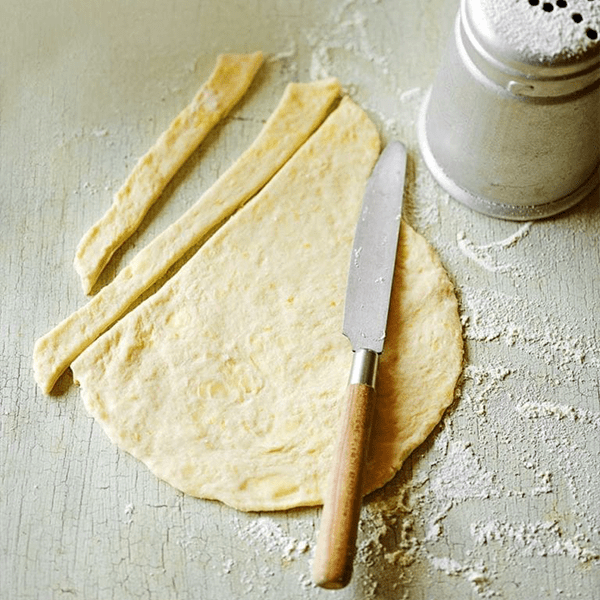
For binding
To bind fritters, you’ll need something that coats the core ingredients and something that holds them together – thick yogurt or sour cream work well, with the help of a little flour. The flour doesn’t have to be regular plain flour; gram flour (made with chickpeas) or spelt flour will add a nutty flavour as well as helping keep everything together as it cooks.
For thickening
Cornflour can be used to thicken ingredients in place of egg yolks. Custard and curds can be made with cornflour, just make sure you cook them out long enough to get rid of the raw, floury taste. They’ll lack the richness of egg so add a little extra butter or cream to balance it out.
For naturally egg-free baking ideas
Did you know scones, shortbread and some sweet buns don’t include any egg in the first place? Take a look at our egg-free baking collection to satisfy your sweet craving.
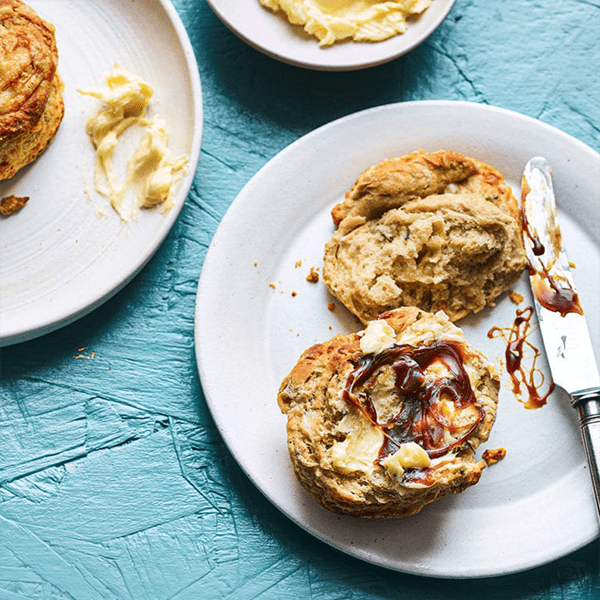
For cakes
Replace eggs in cake recipes with apple sauce, mashed ripe bananas or chia seeds that have been soaked in water until gelatinous. Simply swap out the weight for that of the eggs (a medium egg is about 50g). They will bind the ingredients in the same way as an egg would but won’t help with rising, so you may need an additional raising agent. Don’t be tempted to add more than ¼ or ½ a tsp of baking powder or bicarbonate of soda, however, as your finished bake will taste soapy and they can change properties of the mixture. A slightly less risen cake is better than one that tastes of soap!
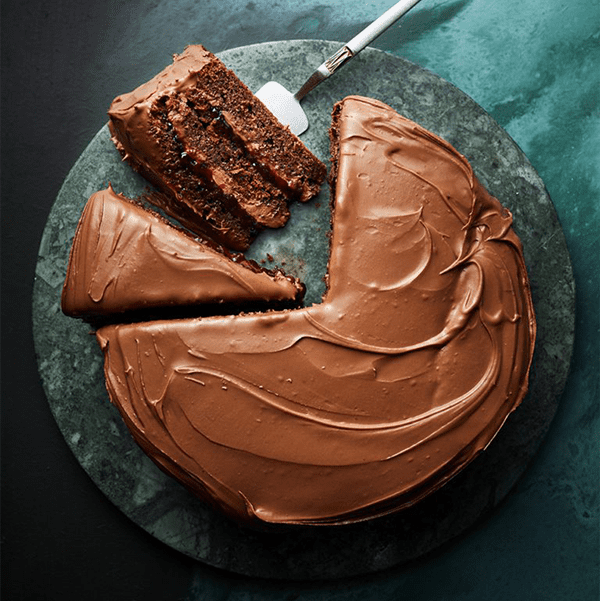
For meringues
Make egg-free meringue with aquafaba. A staple of plant-based cooking, aquafaba is the starchy liquid found in a tin of chickpeas. When whisked it holds air in a similar way to egg white, although it’s not quite as stable. This pavlova recipe is a winner but you can also use the base recipe to spoon out individual meringues. And despite what you might think, your meringues won’t taste like chickpeas!
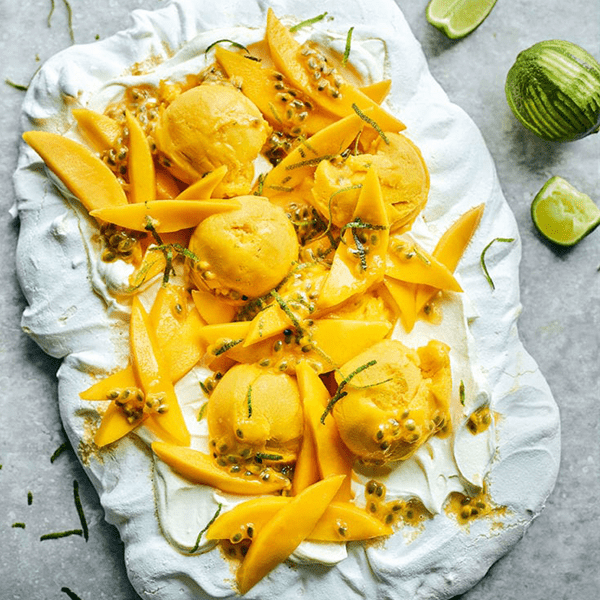
For pancakes
To make egg-free pancakes, use an egg replacer – there are many options in the supermarkets. Or why not try something different with a farinata? Our recipe is topped with wild mushrooms and sage butter but you could swap those out for classic pancake toppings such as bacon and maple syrup.
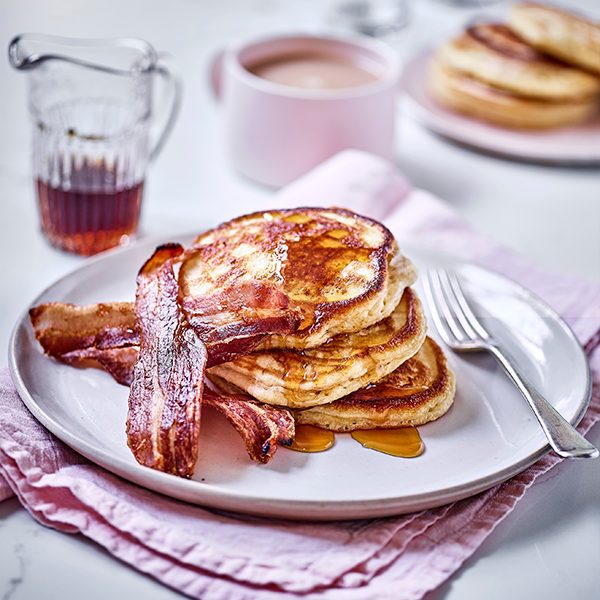
How to tell if an egg is still good
If you have managed to become the proud owner of a carton of eggs, remember that they’ll last a good while after the best before date on the box. To test whether they’re still good, pop them in a bowl of water. If they sink and lie flat they’re still fresh; if they bob about in the middle or sink but stand up they’ve got a day or two left; if they float then they’ve expired. This is because of the air inside the egg; as it ages the amount of air that gets through the shell into the egg increases, which is a good indicator of age. Once there’s enough air in the egg to make it float, it’s a bad egg – and sadly needs to be thrown in the food waste.
Subscribe to our magazine
Food stories, skills and tested recipes, straight to your door... Enjoy 5 issues for just £5 with our special introductory offer.
Subscribe
Unleash your inner chef
Looking for inspiration? Receive the latest recipes with our newsletter
